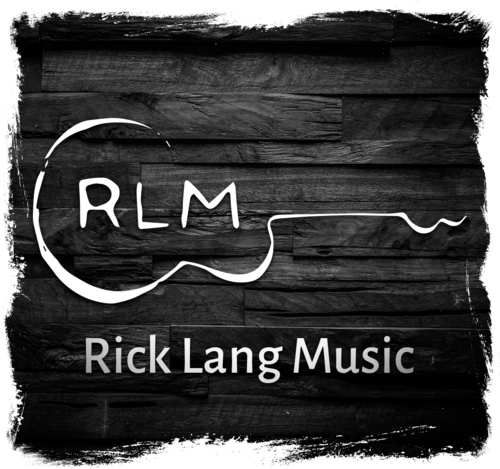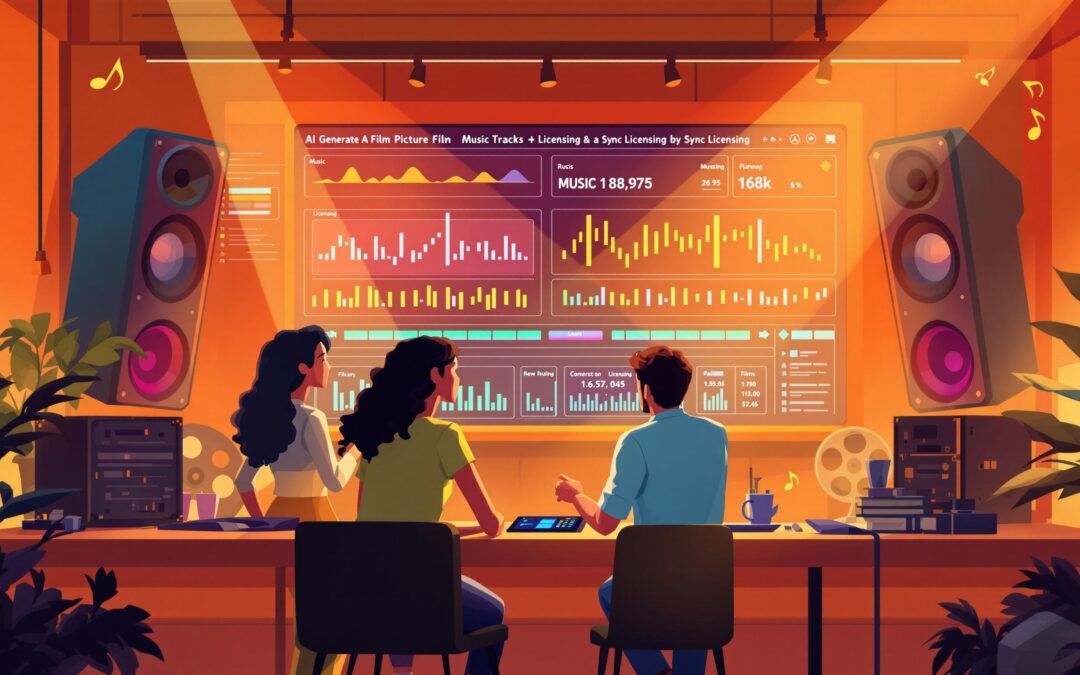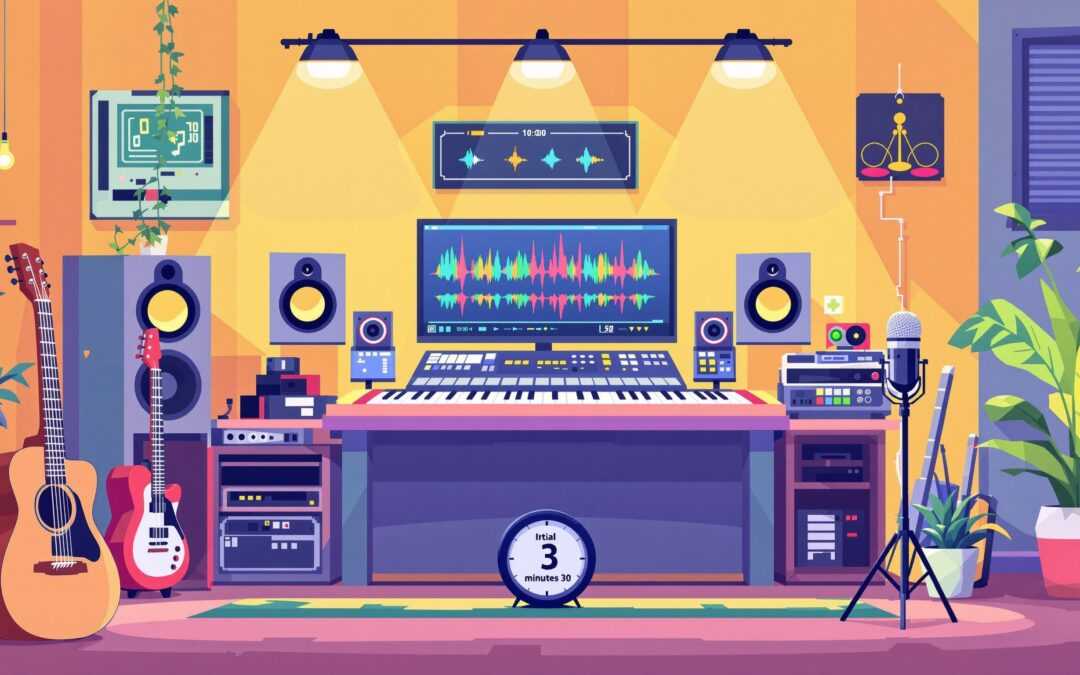Getting feedback on your songs can help you identify areas to improve and make your music more impactful. Here’s a quick guide to using feedback effectively:
- Why Feedback Matters: It helps you spot structural issues, enhance emotional impact, and refine production quality.
- Overcoming Criticism Fear: Detach yourself from your work, focus on actionable feedback, and stay open-minded.
- Preparation: Set clear goals using the SMART framework (Specific, Measurable, Achievable, Relevant, Time-bound).
- Choosing Reviewers: Seek input from fellow musicians, industry professionals, your target audience, or songwriting groups.
- Asking the Right Questions: Be specific – ask about lyrics, melody, production, and structure.
- Organizing Feedback: Categorize input into areas like lyrics, melody, production, structure, and performance.
- Making Changes: Test new ideas, refine your song with targeted adjustments, and ensure changes align with your style.
- Follow-Up: Gather feedback after revisions to confirm improvements and know when to stop editing.
Feedback is a tool to improve, not a judgment of your talent. Use it to enhance your songs while staying true to your artistic vision.
3 techniques for getting feedback to improve your music …
Getting Ready for Feedback
Getting feedback is crucial for refining your song and making it better. Here’s how to prepare so you can get meaningful, focused input.
Setting Clear Feedback Goals
Having clear goals ensures the feedback you receive is useful and relevant. A great way to do this is by using the SMART framework:
- Specific: Focus on areas like how the chorus feels, transitions between verses, or the balance of the mix.
- Measurable: Look for responses that you can clearly assess or act on.
- Achievable: Stick to areas where you can make improvements.
- Relevant: Make sure your goals align with your artistic vision.
- Time-bound: Set a deadline for gathering and using the feedback.
For example, instead of asking, "Is this song good?" you could ask about specific aspects like the clarity of the lyrics, the flow of energy, or the emotional impact of the mix.
Choosing the Right Reviewers
Pick reviewers who can give you insights that matter. The best feedback often comes from people who understand your goals or your audience. Here are some options:
- Fellow Musicians: They can give you technical advice on things like arrangement and composition.
- Industry Professionals: Producers, engineers, or vocal coaches can evaluate the production quality.
- Target Audience: Everyday listeners who match the group you’re trying to reach.
- Songwriting Groups: Other songwriters can help analyze your song’s structure and technique.
Once you’ve chosen your reviewers, prepare questions that will guide them toward the feedback you need.
Writing Clear Feedback Questions
Good feedback starts with good questions. Make sure your questions are direct and specific. Here are some examples:
For Lyrics:
- "Which lines stand out the most to you, and why?"
- "Are there any parts where the meaning feels unclear?"
- "Does the story flow naturally from verse to verse?"
For Melody:
- "What parts of the melody feel the most memorable?"
- "Are there sections that seem repetitive or too predictable?"
- "Does the melody match the emotional tone of the lyrics?"
For Production:
- "Is the mix balanced between instruments?"
- "Does the arrangement highlight the key moments in the song?"
- "Are there any elements that feel distracting or out of place?"
Collecting and Understanding Feedback
Once you’ve gathered reviewers and prepared your questions, it’s time to collect and analyze their feedback. Keep an open mind throughout the process.
How to Listen and Take Notes
The way you take notes can influence how well you understand and use feedback. Here are some tips to help you capture feedback effectively:
- Record the session: Use your phone or computer to record feedback discussions (with permission). This lets you focus on listening instead of scrambling to write everything down.
- Use a feedback template: Create a document with sections for different parts of your song, like lyrics, melody, and production.
- Practice active listening: Avoid being defensive. Instead, ask clarifying questions like, "Can you explain that further?" or "What do you mean by that?"
Write down feedback exactly as it’s given to keep it objective and avoid adding your own bias.
Organizing Feedback by Type
Once you’ve collected your notes, organize them into categories for better clarity. Here’s a simple way to break it down:
| Category | Focus Areas | Example Feedback Points |
|---|---|---|
| Lyrics | Word choice, story flow, message | Confusing metaphors, weak rhymes, strong phrases |
| Melody | Hook strength, vocal range, memorability | Catchy chorus, tricky intervals, repetitive sections |
| Production | Mix balance, instrument choices, sound quality | Muddy bass, harsh vocals, weak drum presence |
| Structure | Song flow, transitions, arrangement | Long verses, awkward bridge placement, impactful intro |
| Performance | Vocal delivery, timing, energy | Pitch issues, lack of emotion, rhythm inconsistencies |
This structure helps you quickly spot areas that need attention.
Finding Common Themes
To prioritize improvements, look for recurring feedback patterns:
- Create a feedback map: Group similar comments from different reviewers together.
- Weigh the feedback: Give more importance to comments from people with relevant expertise.
- Spot consensus: If multiple reviewers point out the same issue, it’s likely a key area to address.
Always consider the context of the feedback. For example, a mixing engineer’s advice on production might carry more weight than their thoughts on lyrics. Similarly, your audience’s emotional reaction to the chorus is likely more valuable than their technical input on chord progressions.
When analyzing common themes, ask yourself:
- What specific issues are causing this feedback?
- How does this impact the overall feel of the song?
- What changes can you make while staying true to your artistic vision?
sbb-itb-1c6af30
Making Changes Based on Feedback
Once you’ve identified patterns in the feedback, use them to refine your song with targeted adjustments.
Testing New Ideas
Try out different approaches based on the feedback you’ve gathered:
- Record quick demos to test changes in melody, lyrics, or tempo.
- Adjust the tempo by 5–10% to explore different pacing.
- Experiment with key changes to better suit your vocal range.
- Rearrange song sections to improve flow and structure.
Make sure to label and organize each version you test for easy comparison.
Recording New Versions
When you’re ready to implement production changes, focus on these elements:
| Element | What to Do | Check For |
|---|---|---|
| Vocals | Record 3–4 takes | Emotional delivery and pitch accuracy |
| Instruments | Layer multiple recordings | Compatibility within the mix |
| Effects | Create dry and wet versions | Clarity and overall impact |
| Arrangement | Try alternative structures | Smooth energy and flow |
Work on one element at a time, starting with major issues. Once technical aspects are polished, ensure the changes still reflect your personal style.
Keeping Your Style While Using Feedback
Feedback is meant to refine your work, not change who you are as an artist. Use it to enhance your music while staying true to your sound:
- Identify 3–4 key elements that define your style.
- Decide which feedback aligns with your artistic vision and set boundaries.
- Trust your instincts when making decisions.
- Combine feedback with your own approach to create a balanced result.
For example, if listeners feel your lyrics are overly complex, you could:
- Keep intricate verses but simplify the choruses for better accessibility.
- Add vivid imagery to clarify abstract ideas.
- Retain your vocabulary but focus on improving the story’s flow.
This way, you can stay true to your songwriting style while making your music more relatable and engaging.
Checking Results and Next Steps
Once you’ve wrapped up your revisions, it’s time to evaluate if your changes hit the mark.
Getting Follow-up Feedback
After making adjustments, check how they affect your song. Set up follow-up listening sessions with a mix of familiar and fresh listeners. Focus on specific areas you modified – like sound quality, the emotional vibe, song structure, lyrical clarity, or the overall feel. Take notes on their reactions and compare this feedback to what you received earlier. This will help you confirm whether your changes made a positive difference.
Deciding When to Stop Editing
Knowing when your song is ready for release can be tricky. Here are a few things to consider:
- Technical Quality: Ensure your track meets professional standards. Watch for issues like clipping, distortion, or poor balance.
- Consistent Feedback: If listeners are only suggesting minor tweaks and your song’s message feels solid, it’s probably ready.
- Diminishing Returns: If more edits are only bringing small improvements, it might be time to call it done.
Conclusion: Using Feedback to Make Better Songs
Feedback, when used thoughtfully, can elevate your music to new levels. By gathering and applying input carefully, you can sharpen your songwriting skills while staying true to your artistic identity.
To get the most out of feedback, take a structured approach. Set specific goals, seek input from a variety of perspectives, and organize the feedback into clear action points. This method helps you focus on the changes that will make the biggest difference in improving your song.
Think of feedback as a chance to grow, not just criticism. Each review uncovers patterns in your style, offers insights into how listeners experience your music, and builds your skills for future projects. Whether it’s refining your lyrics or tightening your song’s structure, the lessons you learn will carry into every new piece you create.
Great songwriters know how to balance polishing their work with moving on. While it’s natural to aim for perfection, a song truly shines when technical skill aligns with your artistic vision. Trust your instincts, backed by consistent feedback, to decide when your song is ready to share with the world.











